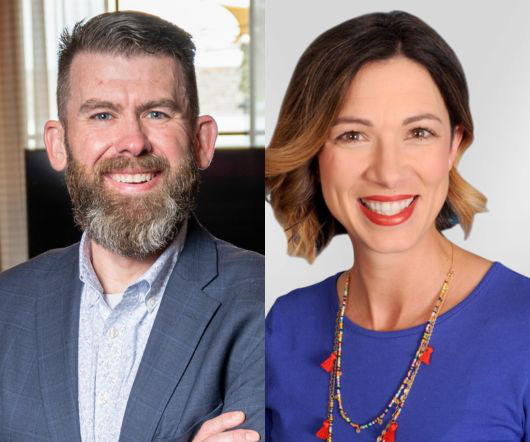What’s Your Personal Craziness Index? Identify, Take Action, and Avoid Nonprofit Burnout
Beth's Blog: How Nonprofits Can Use Social Media
OCTOBER 27, 2016
In my newest book, The Happy Healthy Nonprofit: Strategies for Impact without Burnout , the first half of the book addresses how nonprofit professionals can assess and become more self-aware about the symptoms of burnout and begin to practice self-care to avoid burnout. Burnout is a state of emotional, mental, and physical exhaustion that occurs when we feel overwhelmed by too many demands, too few resources, and too little recovery time.













Let's personalize your content